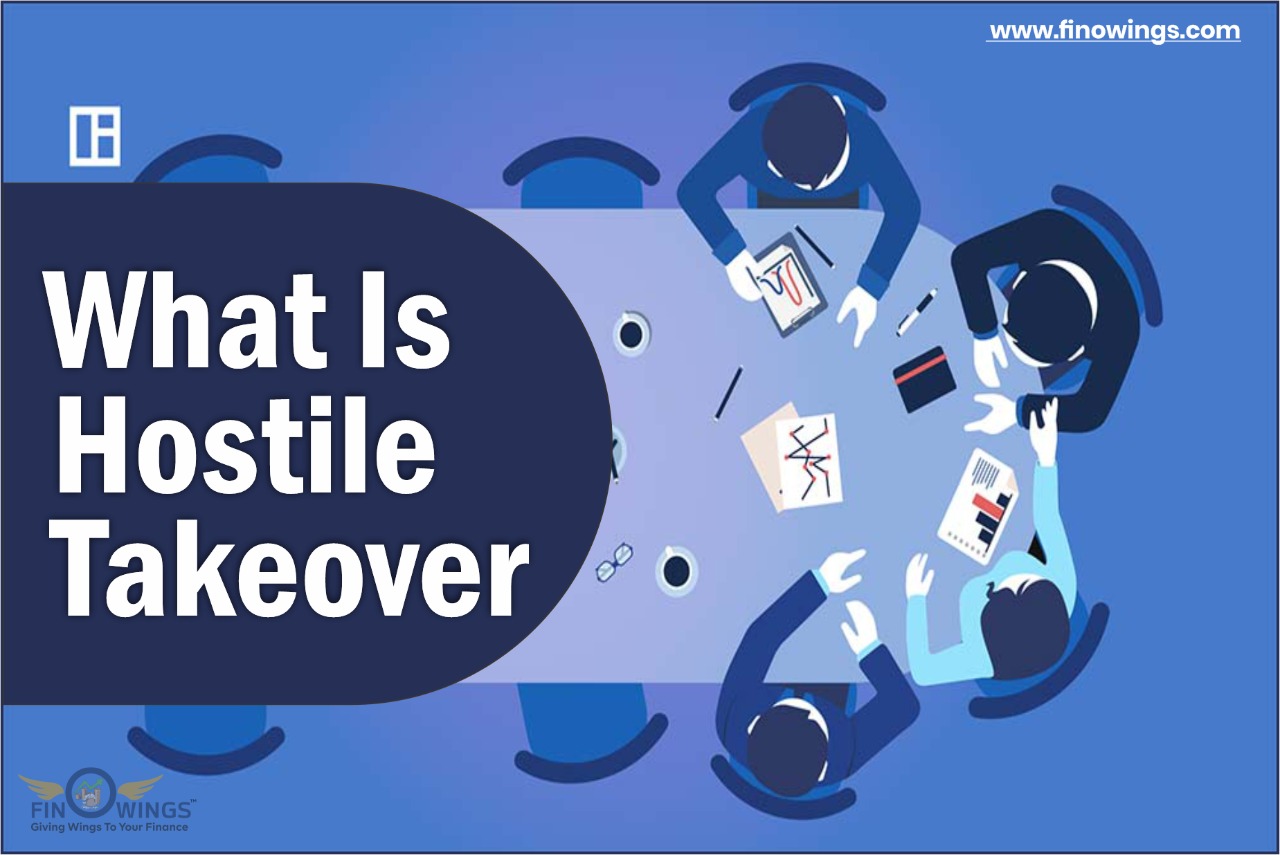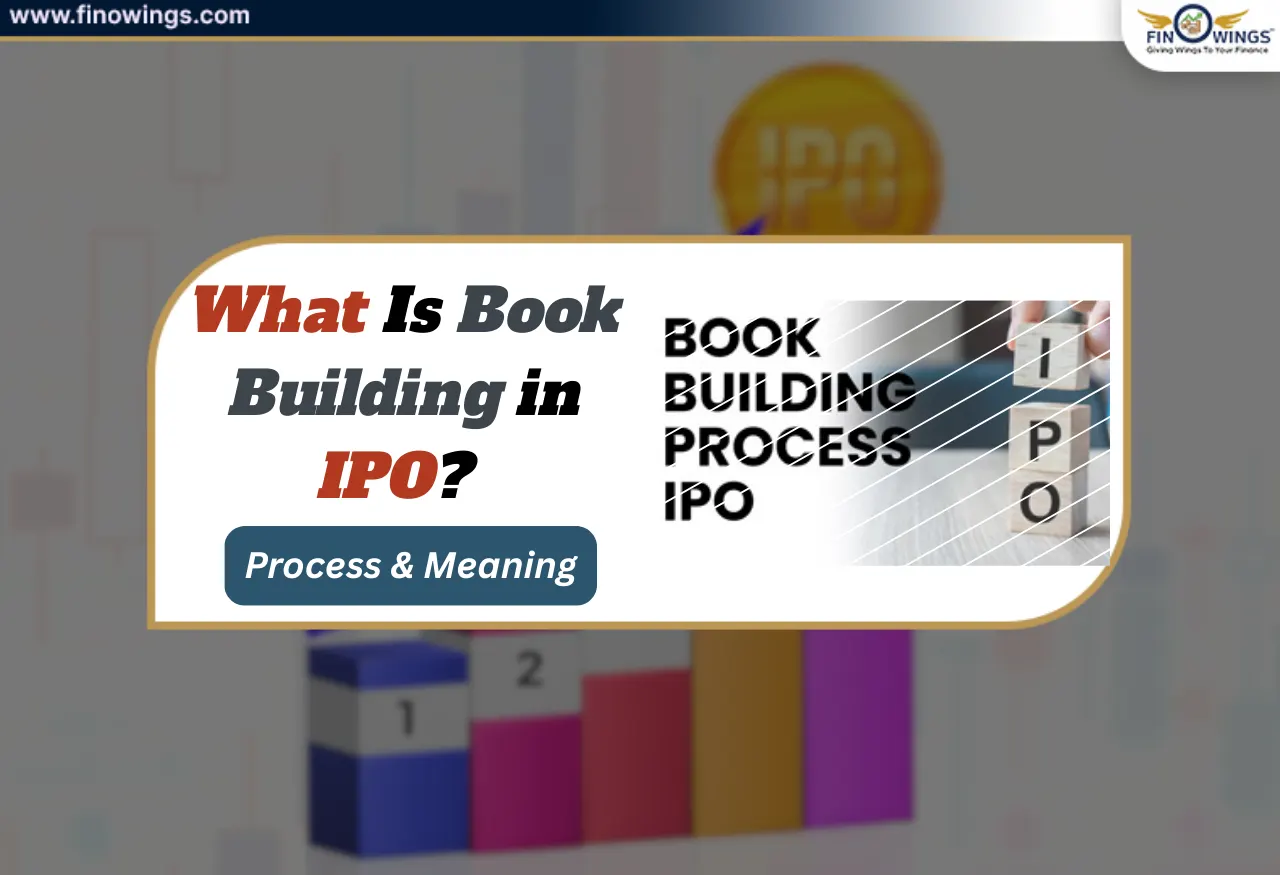Home >> Blog >> What is Hostile Takeover?
What is Hostile Takeover?

Table of Contents
Introduction
The term hostile takeover means the acquisition of one company by another on unfriendly terms. One company acquires another against the will of another company. There are two companies involved in a hostile takeover. The company acquired forcefully is known as the targeted company, whereas the company that acquires the company is known as the acquirer company.
For a successful acquisition of the target company, the acquiring company approaches the shareholders of the company. It seeks help for the management's change so they can approve the acquisition. The tender offer or a proxy completes this approval of hostile takeover. In this guide, we shall discuss the working of a hostile takeover, its features, and so on.
Understanding Hostile Takeover
When one company gains control of the other by going to its shareholders rather than its management and board of directors, it is a hostile takeover. During a hostile takeover, management is not preferred to approach acquisition because the management will be against the acquisition.
The company that intends to acquire the other company bids at a certain price and provides this offer to the company's top management. But, there is no assurance whether the management will agree to this acquisition or not. In fact, in most cases, management refuses the acquisition. Once the management denies the intending company to acquire their company, the acquirer company may try to persuade the management to this acquisition. Since this acquisition is based on forceful terms, it is a hostile takeover.
Factors leading to the hostile takeover are almost the same as those leading to any other acquisition, such as operations, technology, reduction in the company's value, access to a company's well-built reputation, and so on. As discussed above, the target company's management does not favor the hostile takeover. Therefore, the acquirer company takes the following steps–
-
Issue a tender offer
-
Appoint a proxy
-
Tries to buy the stocks of the company in an open market
Suppose the company or an investor issues a tender offer to purchase the company's share at a price higher than its face value. At a premium, the board of directors rejects such an offer. Therefore, the company approaches the shareholders of the company because it is likely that they will accept the offer if they are unhappy with the current management of the company or if they find that the premium offered is sufficient for the market value.
On the other hand, in the case of proxy fights, one class of company shareholders forces the other class of shareholders to allow them to grant their proxy voting rights. If the company receives enough proxy rights, it may use them to vote to accept the hostile takeover offer.
Characteristics of Hostile Takeover
The major characteristics of the hostile takeover are as follows –
-
Two Parties – The mechanism in a hostile takeover is that involves two parties. The company whose management receives the proposal for the merger or acquisition is the target company, and the other party is the acquirer company that has shown interest in the acquisition of the target company.
-
Refusal of Proposal – The management of the target company always rejects the acceptance of the bid by the interested company. It is never accepted in case of a hostile takeover.
-
Unfriendly Means – Once the management denies accepting the acquisition proposal, the target company tries other unfriendly ways to persuade the management.
Reasons for the popularity of Hostile Takeover
A hostile takeover has become popular in recent years due to various reasons. The reasons for the rapid growth and popularity of hostile takeovers are as follows –
-
Due to globalization in the economy, it has become easier for companies to expand internationally and operate in multiple companies. It has made it possible for the acquirer companies to easily get the finance for a hostile takeover and make an aggressive offer.
-
It has become easier for hostile bidders to get shareholders' support due to increased shareholder activism. It makes the entire mechanism of the hostile takeover smooth without any obstacles.
-
The hostile takeover is also getting popular because of the growth in private equity industries. Private equity firms are ready to pay a high premium to the target company, which increases the chances of success of the hostile takeover.
-
The increased use of derivatives reduces the risks involved in the hostile takeover. It prevents the hostile takeover from failing and makes the hostile bids more attractive to the potential bidders.
Examples of Hostile Management
Behind every successful hostile takeover, multiple unsuccessful attempts to acquire the company exist. Some of the most famous examples of a hostile takeover are discussed below –
1. Kraft Foods Inc. and Cadbury – In 2009, the CEO of Kraft Foods Inc. publicly announced her willingness to acquire Cadbury. However, the deal was rejected by the chairman of Cadbury. As per Cadbury's chairman, the hostile takeover offer was unattractive and unwanted.
2. Vodafone AirTouch and Mannesmann AG – Vodafone AirTouch officially acquired Mannesmann AG on 4th February 2000. Vodafone's proposal for a hostile takeover was held for three months. As per BBC, Vodafone became Europe's biggest traded company after a hostile takeover.
3. Oracle and PeopleSoft – After a long period of negotiations, Oracle Corporation acquired PeopleSoft in December 2004. The total consideration for the acquisition of PeopleSoft was decided at $10.3 billion.
Hostile Takeover VS Friendly Acquisition
The takeover becomes a friendly acquisition when the target company agrees to the proposed deal, but things can turn out to be devastating if the acquisition becomes hostile.
In the case of a friendly acquisition, both parties involved often hold meetings for discussion and negotiations for several months before officially announcing it to the public. First, the target company shares the required information with the acquirer to smooth the process. Then, both parties discuss the acquisition benefits with the company's shareholders and finally announce the deal to the public.
On the other hand, a hostile takeover comes into the picture when the management of the target company refuses the proposal of the potential acquirer. The acquirer company shares its proposal with the management and shareholders of the company by offering a premium price to their stocks. In this case, the management of the company tries to bring down the reputation of the acquirer company to persuade the shareholders to reject the offer.
Impact of Hostile Takeover on Investors
The hostile takeover can be a double-edged sword for the company's investors. It means that it can prove good or bad for the investors, as the case may be. For example, a successful acquisition may allow investors to receive a premium on their shares. But on the other hand, the hostile takeover can also force the management to bring changes to the company, which can benefit the company's shareholders, such as boosting the share dividends or stock repurchases.
However, a hostile takeover can also strongly distract the company's management. It will make the management lose focus on the business's core operations. As a result, management could also make decisions that can reduce shareholder value.
Disadvantages of Hostile Takeover to the Acquirer Company
The following are the disadvantages of the hostile takeover for the acquiring company –
-
Expensive – The entire mechanism of a hostile takeover is expensive for the acquiring company. The acquiring company may sometimes take the debt to finance the takeover.
-
Difficult to build Reputation – It may become difficult for the acquiring company to build its image in the market after the hostile takeover. Attracting customers and business partners also becomes a complex task.
-
Decline in Productivity – The hostile takeover may create hatred among the employees, which can lead to a decline in the productivity and morale of the employees.
-
Time-Consuming – Hostile takeover is a time-consuming process that distracts the company's management. In addition, the acquiring company has to spend a lot of time defending against the proposal of a takeover.
Conclusion
A hostile takeover can be beneficial or detrimental to the business. For example, it can harm the reputation of the company and can make it difficult to find its business partners in the future. In addition, the new management of the company may introduce new rules that are not in favor of the shareholders.
A company has to follow various steps to make the process of a hostile takeover successful. Understanding the company's financial position before sending the acquisition proposal is crucial since it requires a large amount of money. The company also appoints business advisors who can help with the process of a hostile takeover, such as negotiations. In addition, you can consult Finowings to seek advice on various business plans, opportunities, etc.
Author
Frequently Asked Questions
- It involves two parties
- It is based on unfriendly terms
- The management of the target company can reject the proposal
- Expensive process
- Difficult to build reputation
- Time consuming process
- Kraft Foods Inc. and Cadbury
- Vodafone AirTouch and Mannesmann AG
- Oracle and PeopleSoft

















